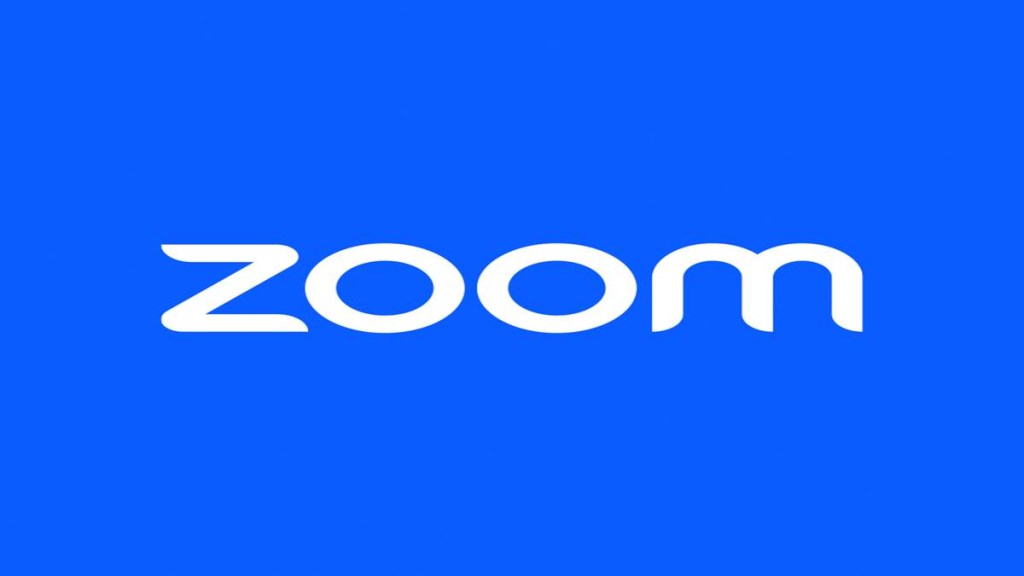It was known as the `Zoom boom’. When the Covid-19 pandemic shuttered the world and pushed people to increase their screen time, the video communication platform user base skyrocketed. In India, it saw 6700% growth in free user sign ups.
But the law of gravity played out soon. As the pandemic waned, Zoom saw growth tapering to 3% in FY24 from 326% globally in FY21.
Things are, however, changing rapidly. Realising it needs to be more than just a video call service, Zoom is now focusing on becoming an end-to-end communications platform with an emphasis on artificial intelligence assistance.
“We have now evolved from being a video platform to being an end-to-end communication and collaboration platform,” Ricky Kapur, head of Asia Pacific (APAC) region at Zoom, told FE in an interaction.“The growth curve is going to get more exciting,” Kapur added.
Analysts agree, stating that there’s immense scope for the company’s new offerings in emerging markets like India.
Kapur’s confidence stems from the traction the platform has received for its AI companion product within six months of launch, as well as garnering 7-million consumers worldwide for its Zoom Phone offering. In fact, the company is eying huge business opportunity from India on the back of new products such as Zoom Phone, Zoom Contact Center, and AI companion.
Zoom Phone is a cloud business communications platform, which helps businesses to make and receive calls over WiFi, cellular data, with options to switch from video to voice call, from desktop to handphone, with various other chat and call management tools. Similarly, AI Companion is Zoom’s generative AI assistant that not only helps businesses summarise customer and team chats, but also give meeting transcripts, language translations, compose emails, send calendar invites, generate post-call tasks for follow-up, among other things.
Globally, since its launch in September 2023 more than 510,000 Zoom accounts have enabled AI assistant, and 7.2 million meeting summaries have been generated, in five months.
“When it comes to collaboration and communications platforms, we intend to lead the way in AI,” Kapur said. “We’ve had great success in India so far. We believe that as we launch some of our newer products around Zoom Phone and Zoom Contact Center, we will continue to accelerate with increased momentum,” he added.
There are challenges as some of the areas where Zoom has now ventured is already crowded by incumbents — voice-over-Internet protocol (VoIP), for instance. However, the company is working to carve a niche for itself by providing a seamless transition for calls and chats between devices. “We are providing video, audio, chat, customer management, all at one-place,” Kapur said, adding that “ease of use, quality and integration”, will make Zoom standout in India, where it is going to soon launch its Zoom Phone.
While the company did not share the region specific business details, APAC, which includes India contributed 12.6% to Zoom’s global revenue of $4.5 billion in FY24.
In India, Zoom has two data centres, in Mumbai and Hyderabad. Besides, it has two technology centres in Bengaluru and Chennai. It is open to expanding its data centre capacity in the country as it see business expanding here with its new offerings.
“We start with — how do we acquire more customers or have existing customers use more of our products and services and drive adoption. If that requires more capacity show we would explore that,” Kapur said. Edtech, fintechs, events and conferences, government business, are some of the areas, which the company is looking to tap in India.
“We are offering AI features free to our users, whereas our competitors are charging $25-$30 per user, per month,” Kapur said. “Our strategy is really around empowering everyone and this is why we believe we are successful,” he added.
Amidst all the debate around generative AI models using public data, Zoom said it is emphasising on responsible use of AI. For its generative AI model, the company does not use customer data to train its models, but uses its own research as well tools from OpenAI and Anthropic.
“When you take the voice of the customer and mix it with agile development, that’s when you stay relevant in the market, and that’s how we’ve stayed relevant in this market,” Kapur said. Whether it’s able to recreate the same impact with its wider communication tools as it did with its video-meeting app is not known as yet, but certainly it’s zooming in on wider areas.








